Discover 7 hidden attractions, cool sights, and unusual things to do in Paestum (Italy). Don't miss out on these must-see attractions: Second Temple of Hera, Temple of Athena, and Museo archeologico nazionale di Paestum. Also, be sure to include Monte Molaro in your itinerary.
Below, you can find the list of the most amazing places you should visit in Paestum (Campania).
Table of Contents
Second Temple of Hera
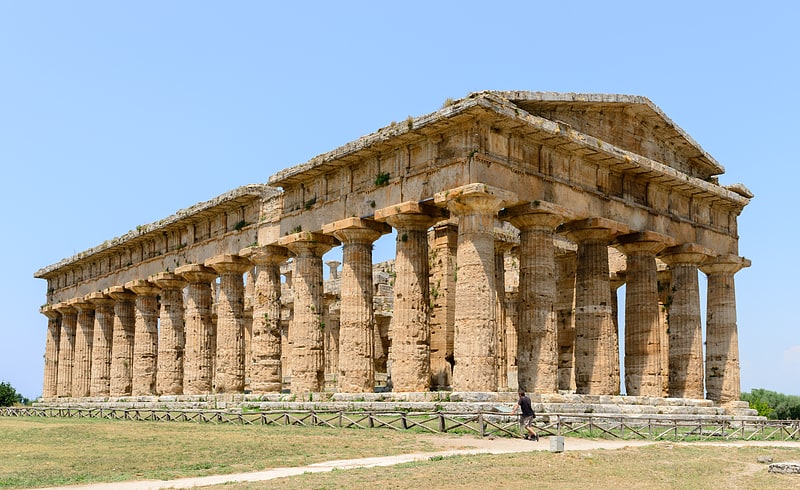
Also known as: Tempio di Nettuno
Ruin in Italy. The Temple of Hera II, is a Greek temple in Paestum, Campania, Italy. It was built in the Doric order around 460–450 BC, just north of the first Hera Temple. If still in use by the 4th-and 5th century, it would have been closed during the persecution of pagans in the late Roman Empire.[1]
Temple of Athena
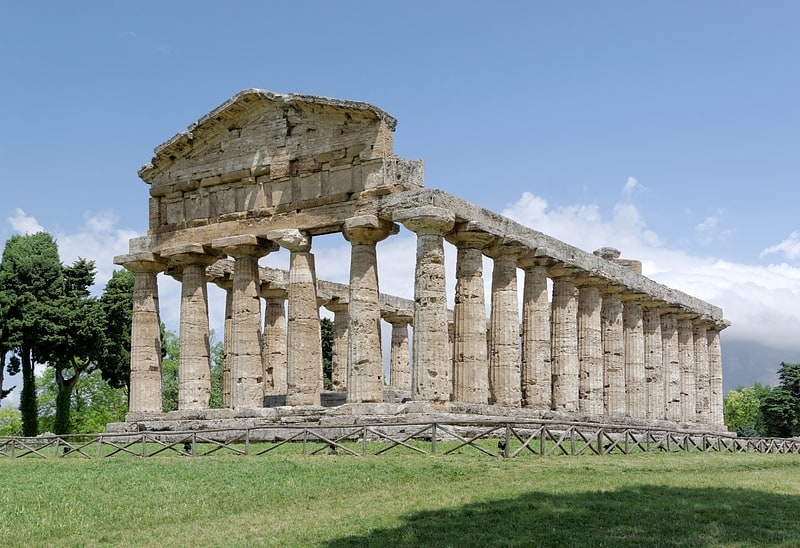
Also known as: Tempio di Atena
Historical landmark in Italy. The Temple of Athena is a Greek temple found at Paestum, in Capaccio Paestum, a comune in the province of Salerno in the Campania region of south-western Italy. It was built around 500 BC and was for some time incorrectly thought to have been dedicated to Ceres, but as a result of the recovery of numerous statuettes in terracotta depicting Athena, it is now thought to have been dedicated to her.
Built on an artificial relief of the ground, it has a high pediment on the façade and a Doric frieze, adorned with metopes encased in sandstone, on slightly slender Doric columns. The structure is simpler than the two temples of Hera nearby, the first Temple of Hera, which is much larger than it, and the Second Temple of Hera.
The interior of the wide pronaos contained six columns in the Ionic style (four frontal and two on each side), of which the bases and two capitals remain. These capitals burst from an ornate collar. This seems to be the first example of two architectural orders, Doric and Ionic, co-existing in a single building. Almost nothing remains of the deep cella destined to house the statue of the goddess.
In late antiquity, around the eighth century, the structure was used as a church: the sanctuary was closed with walls between the columns, the walls of the cella were torn down, and the ambulatory in the south was used for burials. These structures were eliminated during the excavation campaigns of the 1940s.[2]
Museo archeologico nazionale di Paestum
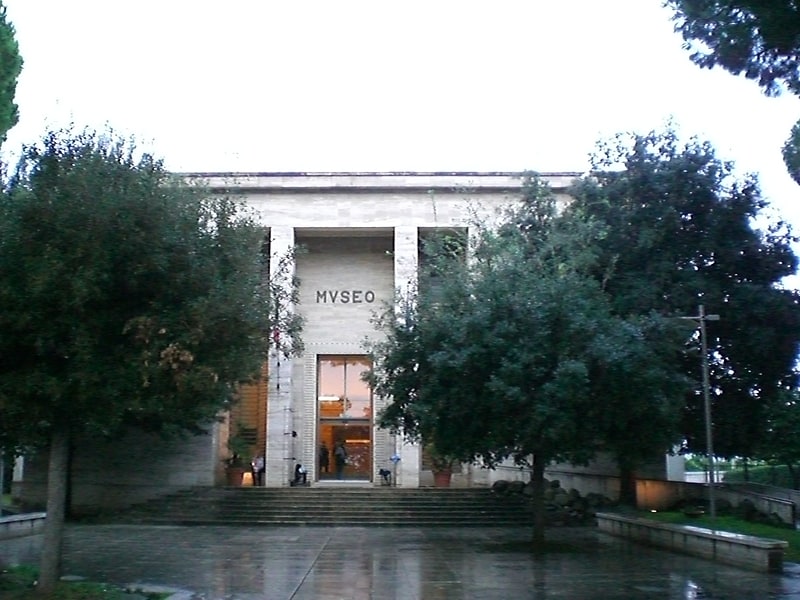
History museum, Museum
Address: Via Magna Graecia, 1, 84047 Paestum
Monte Molaro
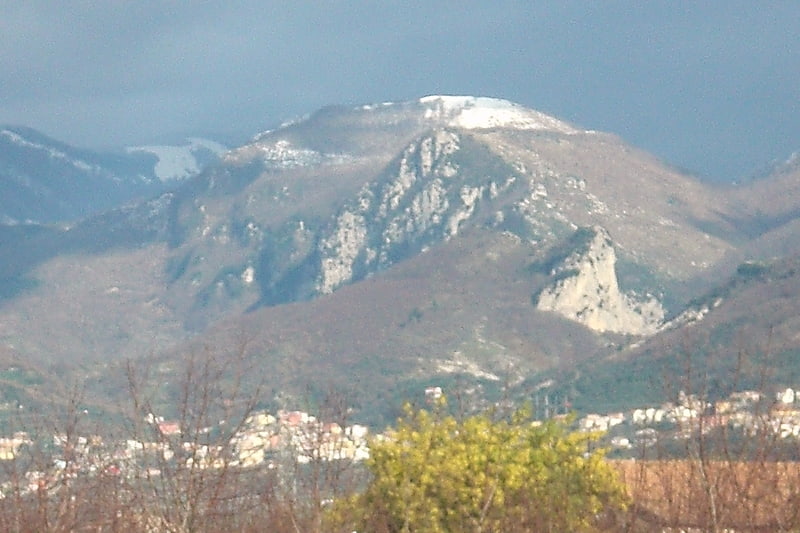
Mountain in Italy. Monte Molaro is a mountain between the towns of Campania and Olevano Romano in Picentini Regional Park and is part of the Picentini mountains.[3]
Monte Calvo
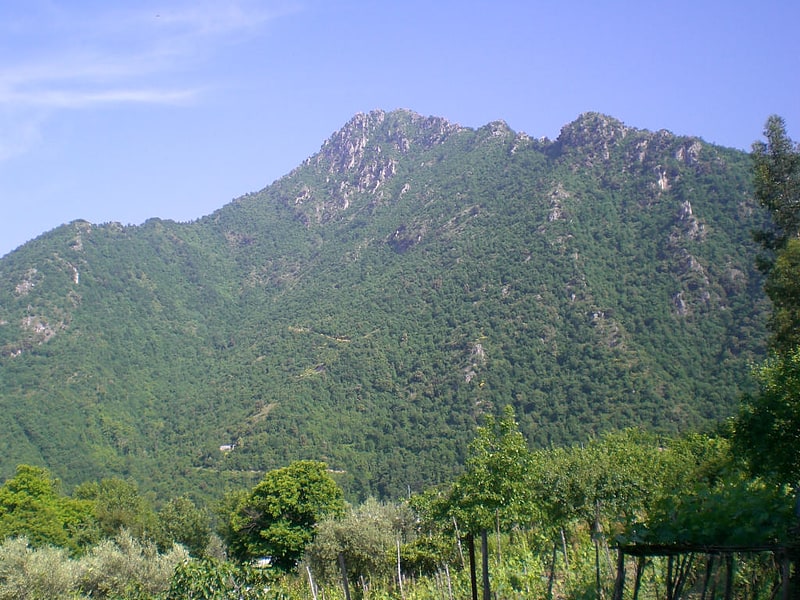
Mountain in Italy. Monte Calvo is a mountain of Campania, Italy.[4]
Monte Raione
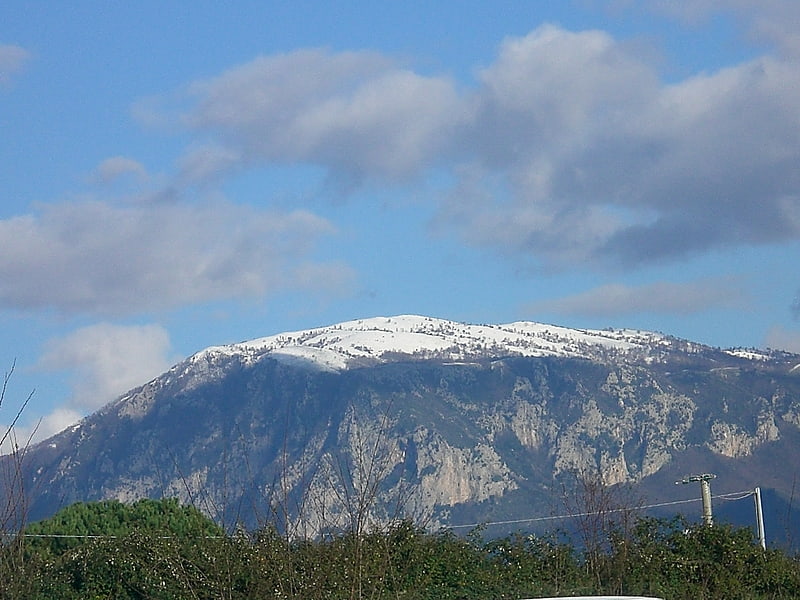
Mountain in Italy. Monte Raione is a mountain of Campania, Italy. It has an elevation of 1,014 metres above sea level.[5]
Monte Ripalta
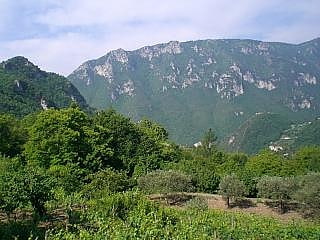
Mountain in Italy. Monte Ripalta is a mountain in Campania, Italy.[6]